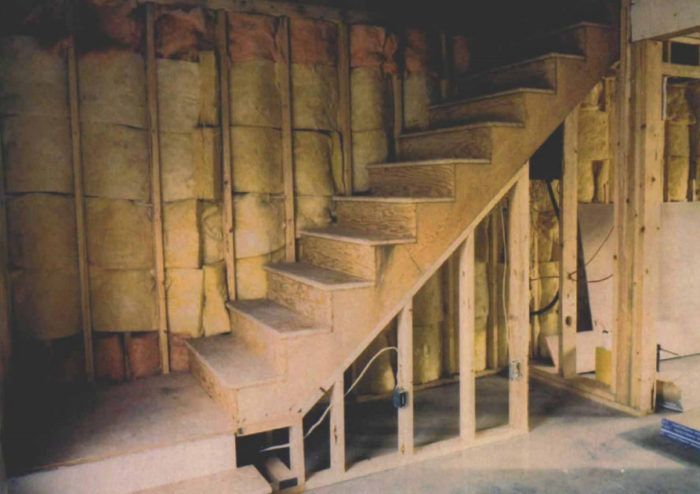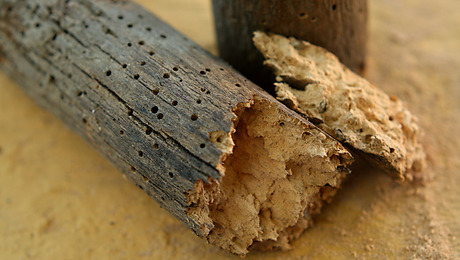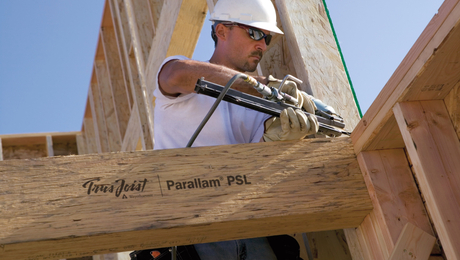A Quick Way to Build a Squeak-Free Stair
Using plywood instead of framing lumber can guarantee a stable and accurate staircase that won't break the bank.

Synopsis: In this article, the author advocates the use of laminated plywood stair stringers instead of dimensional lumber that would customarily be used, then shows how to do it.
On a recent job, I overheard one of the young guys hanging cabinets in the kitchen say to his buddy, “Hey, who’s the old geezer sitting on the stairs?” To my utter dismay, I quickly realized that there was only one set of stairs in the house, and the old geezer they were talking about was me. But thinking back on it, I have to admit that they were right. I’ve been building custom stairs for twenty-odd years, doing my own millwork and specialized handrails. As the years slipped by, I guess I have become that old man on the stairs.
But in the process of becoming this old stair geezer, I’ve learned a thing or two about building stairs, and I’ve reached a couple of conclusions. My first conclusion was that in order for a stairway to remain level, plumb and squeak-free for a lifetime, it should be built under controlled conditions, such as in a shop.
With large stationary shop machinery, I can produce more accurate components that fit together to a T. Building the stair in a shop also means that I do all of my measurements and layouts in the friendly light and at the comfortable height of my workbench. Here, I can see my work properly to ensure accuracy. Too often on job sites, I end up working on my hands and knees on the floor. In the shop I always know there’s an extra clamp nearby if needed, and there’s no skimping or making do with less as I might be tempted to do on a job site.
On most sites, the handrail installer isn’t part of the framing crew, so he’s usually not around when the stairs are being built. But when I’m the guy who builds the stair and installs the handrail, I know where not to put fasteners and where to beef up the stair for extra strength, such as adding support for future newel posts. Another reason for not building a stair on site is that I always feel I’m in the way of the other trades coming and going through the house, trying to get their work done.
One final plus to building a staircase in the shop is that I get to truck it to the site when it’s finished. There’s nothing more impressive than arriving at a site with a stair built as perfectly as a piano, carrying it into the house and nonchalantly slipping it into place. That’s a sight that makes a hero out of any humble contractor in the eyes of a customer.
However, in spite of these advantages, most contractors in my neck of the woods like to build their own straight-run stairs on site. A guy like me could get mighty hungry waiting for a client or contractor to knock on the shop door to order a set of stairs. But I haven’t been in this business all this time without learning to compromise.
For more photos, drawings, and details, click the View PDF button below:


























